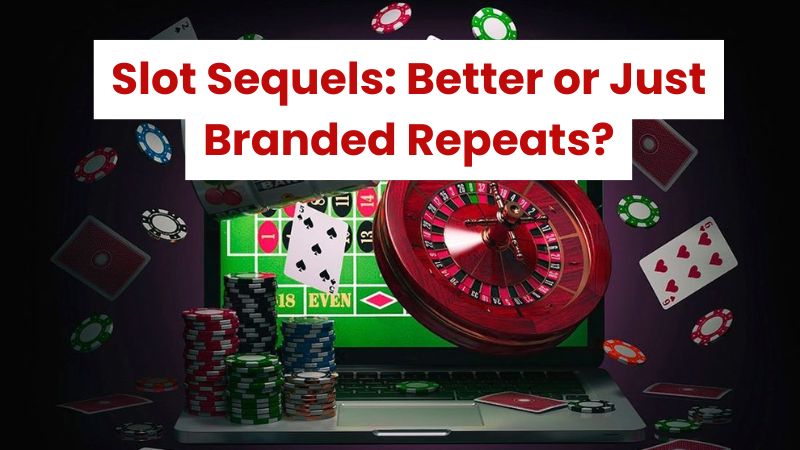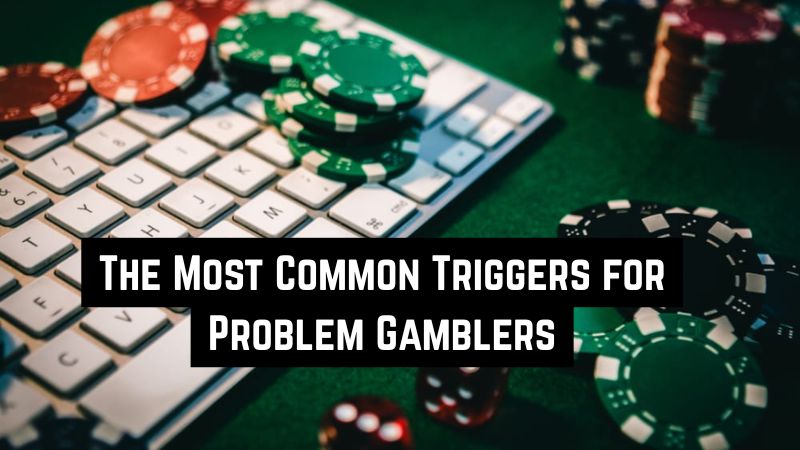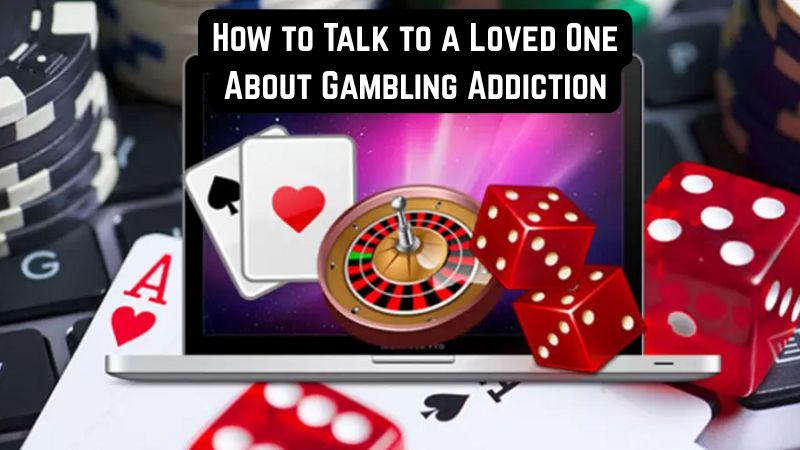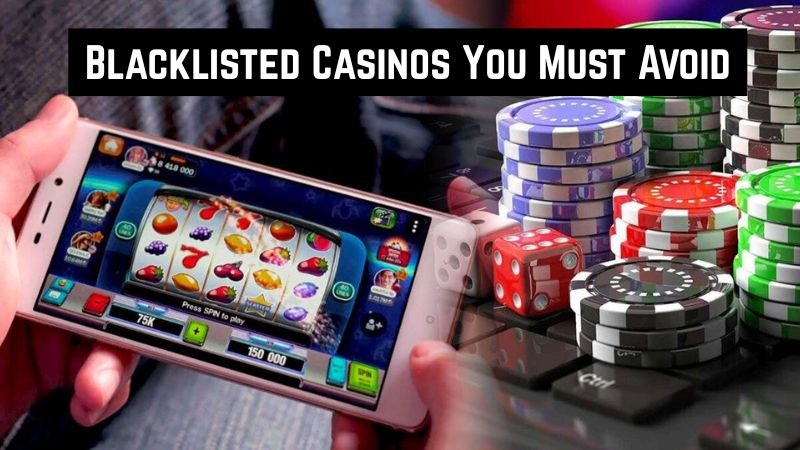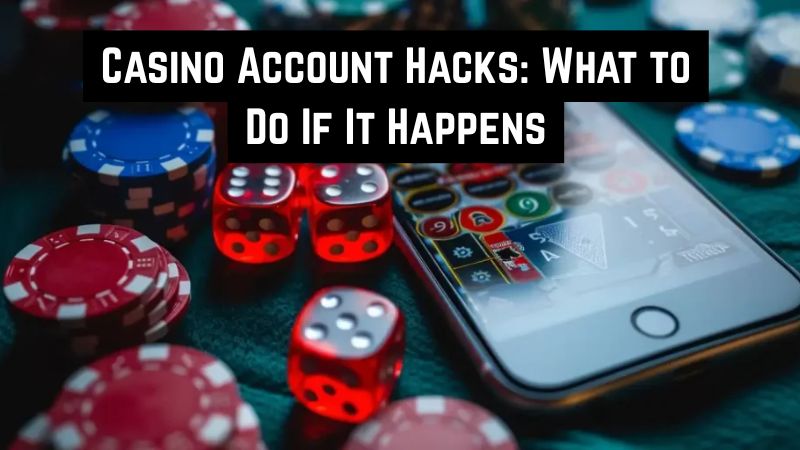Slot Sequels: Better or Just Branded Repeats?
When it comes to slot machines, one thing is certain: they are hugely popular in both physical casinos and online platforms. As the industry continues to evolve, developers have begun releasing sequels to their most successful slot games. But, as with many sequels in entertainment, there’s a burning question: are these slot sequels better than their originals, or are they just branded repeats aimed at cashing in on past success?
In this blog, we’ll take a deeper look at slot sequels, examining whether they bring fresh innovation to the table or merely rely on the same old mechanics to attract players.
What Are Slot Sequels?
Slot sequels are games that follow in the footsteps of a successful original, typically sharing similar themes, mechanics, and characters. These sequels often build on the success of their predecessors by introducing new features, bonus rounds, or enhanced graphics. The goal is to offer players a familiar experience while keeping things fresh and exciting.
Some well-known examples of slot sequels include “Gonzo’s Quest Megaways,” “Book of Dead 2,” and “Thunderstruck II.” Each of these games takes a beloved original slot and adds a new twist, hoping to capture the same magic while offering something new for both old and new players.
Are Slot Sequels More Innovative?
Innovation is a key factor in the appeal of any game, and this holds true for slot sequels as well. Many sequels strive to introduce new mechanics or enhance existing features. For example, some sequels feature the “Megaways” engine, which increases the number of paylines, creating more opportunities for wins. Other slots may add unique bonus rounds, expanding the potential for larger payouts.
However, while innovation is important, it’s also clear that not all slot sequels prioritize this aspect. Some developers seem content with simply rehashing the same mechanics with a few minor tweaks. This can leave players feeling underwhelmed, especially if they were expecting something more groundbreaking from a sequel.
The Familiarity Factor
One of the primary reasons why slot sequels exist is to capitalize on the success of the original game. Familiarity is comforting, and many players are drawn to sequels because they already know and love the theme, symbols, and gameplay of the original.
Think about it: if a player enjoyed a slot like “Book of Dead,” there’s a strong chance they’ll be curious about its sequel. They want to relive the excitement of the first game, but with the promise of something new. This blend of familiarity and novelty can be a powerful draw for players looking for both comfort and excitement.
However, this reliance on familiarity can also be a double-edged sword. If a sequel doesn’t offer enough new features or improvements, it can feel like the developer is simply trying to make money off of the brand name without adding anything truly valuable.
Graphics and Sound Improvements
One of the most noticeable differences between slot sequels and their originals is the improvement in graphics and sound. As technology advances, developers can create more visually stunning games with higher-quality animations and realistic sound effects.
Many slot sequels take advantage of these advancements, offering smoother gameplay, more immersive visuals, and improved sound design. This can elevate the player’s experience, making the game feel fresher and more engaging, even if the mechanics are similar to the original.
For instance, a sequel to a popular slot game might feature high-definition graphics, new animations for bonus rounds, or even a fully orchestrated soundtrack. These upgrades can enhance the player’s overall experience, even if the gameplay itself doesn’t offer much innovation.
The Role of Bonus Features
Bonus features are a crucial aspect of slot games, and sequels often seek to improve upon or expand these features. For example, a sequel might offer new types of free spins, expanding wilds, or additional mini-games that weren’t present in the original.
In some cases, these new features can significantly improve the gameplay experience. Players love bonuses because they provide the chance for bigger wins and more excitement. A sequel that introduces an exciting new bonus round or a unique feature can make a huge difference in its popularity.
On the other hand, some sequels may simply tweak the original bonus features without offering anything truly innovative. This can lead to disappointment for players who were hoping for a more exciting or rewarding experience.
Why Do Players Keep Coming Back?
Despite the mixed results when it comes to innovation, many players are still drawn to slot sequels. This is partly due to the emotional connection they form with the original game. A slot that was particularly enjoyable or profitable can create a sense of loyalty, making players eager to see what the sequel has to offer.
In addition, the familiarity of a sequel provides a sense of comfort. Players know what to expect, which reduces the risk of disappointment. If a player enjoyed the first game, there’s a good chance they’ll find enjoyment in the sequel, even if it doesn’t reinvent the wheel.
Of course, there’s also the thrill of discovering new features and improvements. Even if the basic mechanics are the same, the addition of new bonus rounds, enhanced graphics, or other upgrades can keep things interesting.
Are Slot Sequels Worth It?
So, are slot sequels worth it? The answer really depends on what players are looking for. If you’re someone who enjoys familiar themes and gameplay, a sequel can be a great choice. These games offer the comfort of something you already know, but with the possibility of new features or enhancements.
On the other hand, if you’re someone who craves innovation and unique gameplay experiences, you might find some sequels to be a bit lackluster. Not all sequels push the envelope in terms of creativity, and some can feel like they’re simply riding on the coattails of the original game’s success.
Ultimately, whether a slot sequel is worth playing comes down to personal preference. Some players will find joy in the familiarity of a sequel, while others might be disappointed by the lack of fresh ideas.
Conclusion
Slot sequels can be both exciting and underwhelming, depending on how they’re executed. While some sequels bring fresh features and improvements, others feel more like branded repeats that rely on the success of the original game. For players, the appeal of a sequel often comes down to the balance between familiarity and innovation.
If you’re someone who enjoys a little bit of nostalgia mixed with new features, slot sequels can be a great option. But, if you’re looking for something truly groundbreaking, you might want to approach some sequels with a little caution. In the end, whether they’re better or just repeats depends on how much effort the developers put into making them stand out from the original.
